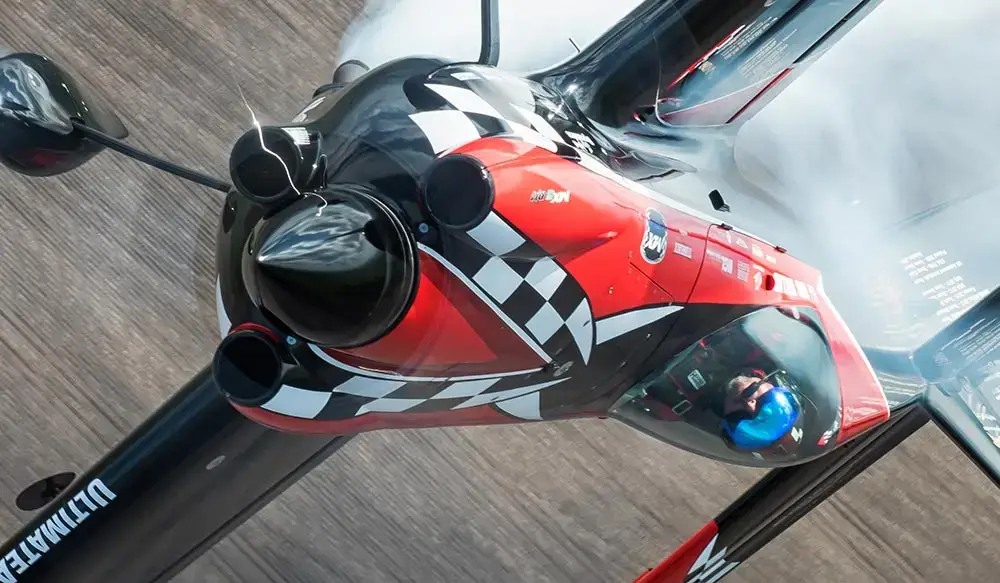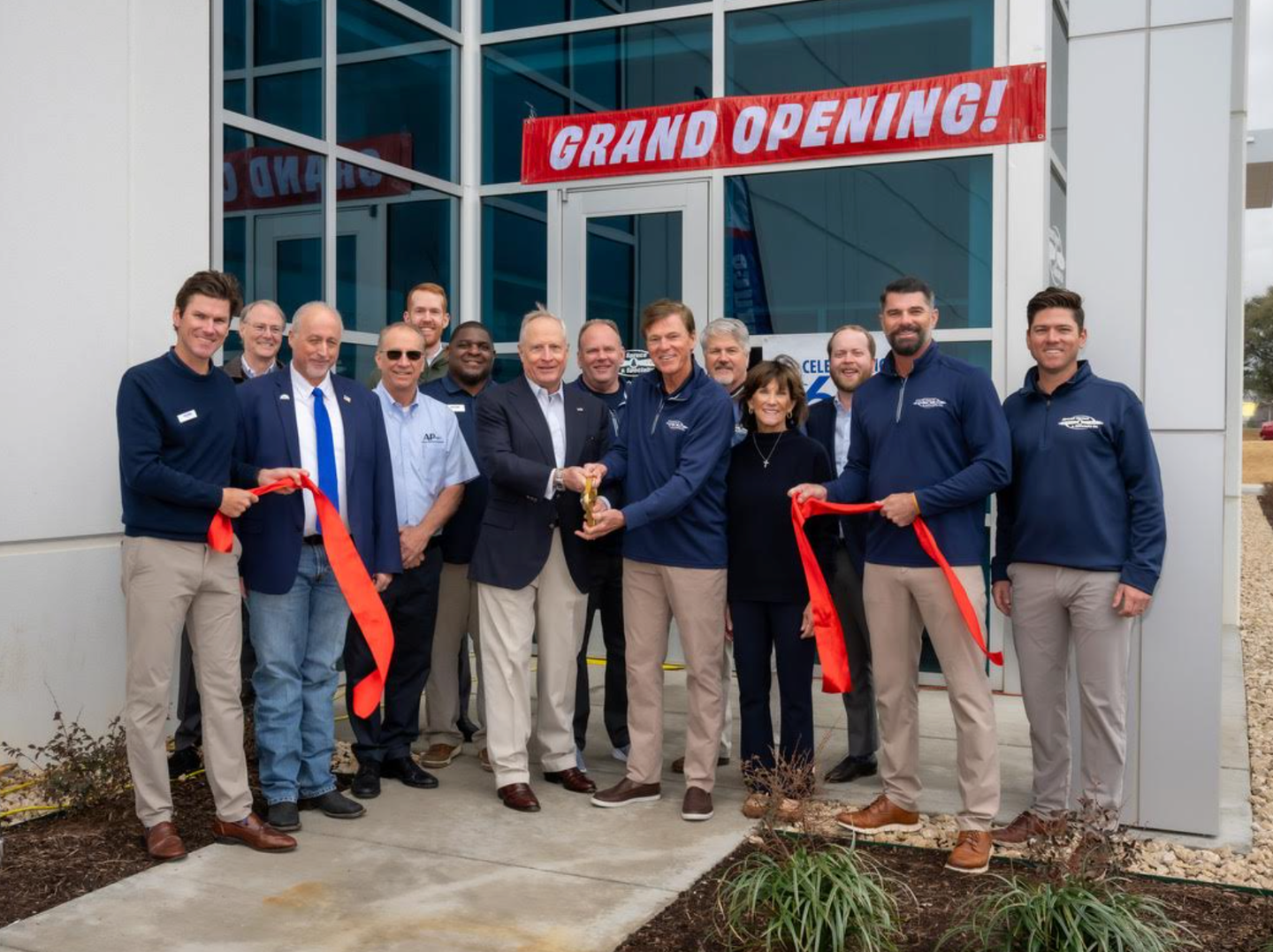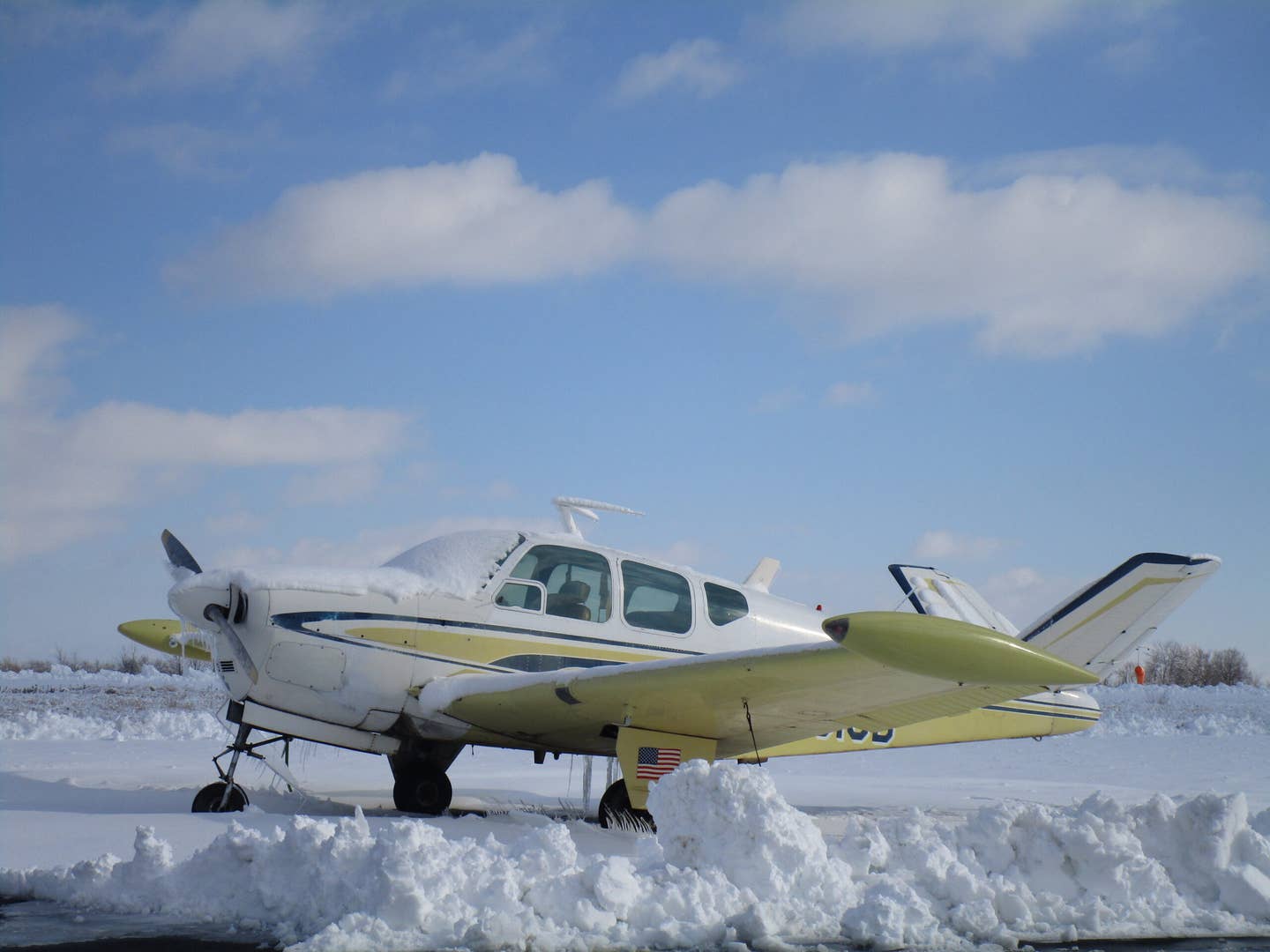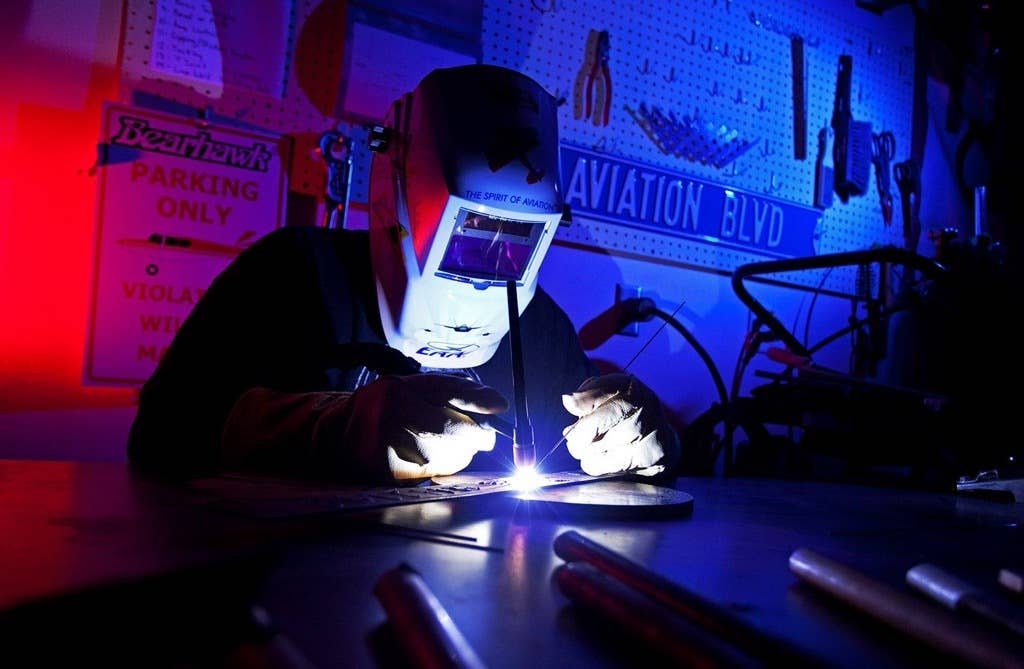Five Things That Pilots Got Totally Wrong About Aviation Over The Years
Light GA has been around for more than 100 years now, which is something of a miracle considering all the misconceptions it has had to overcome.
The history of light plane aviation might seem like a steady arc from Kitty Hawk to Wichita (and beyond), but nothing could be further from the truth. Even at the beginning, the creation of what we now think of as the light aviation segment was hardly a given, and even once it had achieved some kind of nascent status, it faced a series of obstacles that threatened its continued growth toward an activity that offers the average person remarkable opportunities and powers.
In fact, along the way, the future of light aviation was threatened by a number of events, both beyond our control and entirely of our own making, the outcomes of which were anything but a given, the results of which could just as easily have been an aviation world in which personal flying was far more restricted than it is today or, perhaps, absent altogether.
Striking in their scope and variety, these challenges started pretty much from first flight and have persisted throughout the history of light general aviation, even to this day. Here are some of the big hurdles we faced in getting to where we are today and that we today face in forging a future for this amazing pathway to the skies.
We Got This. (They Didn‘t, Really.)
It's important to remember, before and for a time after the Wrights launched down their sandy path, that how people perceived flying and what its future might be were far different from how we understand it today. There were no Federal Aviation Regulations (FARs), no FAA to guide development. No concept of shared airspace. Even those in the midst of the discovery did not yet comprehend the challenges of flight that every private pilot applicant today knows by rote and, soon thereafter, through experience. Remember, too, that aviation had been an experimental field for well more than a century at the time of Wrights.
That was perhaps the biggest takeaway. The pioneers of flight were beginning to understand how difficult it was to get a powered airplane even briefly into the sky and how life-threatening a proposition that was. A big part of the problem was how little even the flighterati understood the nature of aerodynamics and the ways in which flight controls might be designed and manufactured to address those physical realities. Volumes could be written about the struggles these designers had in even wrapping their heads around something that even moderately knowledgeable aviation types today see as the simple concept of aerodynamic stability.
Those early aircraft were outrageously difficult to fly. How so? Think of flying a modern plane loaded far beyond the aft CG with the wings loosely bolted on and at 5% power. Then remember that the structures of those fledgling craft posed more hazard to the pilot in a crash than they did protection. One model of an early Wright Flyer barely did what its name promised. The Wrights built eight Model C aircraft for the military, six of which crashed with fatal results. It would take about two decades for aircraft designers even to begin to build aircraft that were flyable by a less than highly skilled pilot with a bit of luck that day. It would take even longer to where flyable aircraft could be made sufficiently durable, reliable and affordable that they would resemble products an average person might buy and operate.
So the sense that we have, that the creation of a personal flying segment was a given, ignores the fact that creating aircraft good enough to support such a structure was a staggeringly difficult endeavor, one whose outcome was, for decades, in doubt.
The Hero Pilot
The notion that you have to be a special kind of human being to be a pilot, which persists to this day with some folks, was a huge obstacle in the way of the creation of a sensible, accessible aviation segment. How it happened is clear: For 20 or 30 years, the world of aviation was one that was inextricably connected to two things, insanely high levels of risk and war. After Kitty Hawk, it took the brothers Wright no time at all to realize that the biggest and most readily fulfillable pathway for the practical use of aircraft, and therefore a profitable commercial application. was for military uses.
By the early-to-mid 1910s, European powers were sending aircraft to war against each other, and in the United States, American flyers were doing battle in Mexico. In none of these cases were the aircraft anything close to practical weapons of war. Nor were they reliable. The stories of U.S. pilots operating Curtiss JN-3s in Mexico are filled with tales of crashes in every phase of flight, forced landings behind enemy lines due to mechanical failure, with the desperate pilots resorting to trucks and mules for transport back to American lines and some semblance of safety.
But the real genesis of the hero pilot myth was in World War I, especially when America entered the war in the spring of 1917. Those hero pilots' names are still familiar to us, even those of us who aren't pilots. U.S. ace Eddie Rickenbacker, Canadian pilot Billy Bishop and famed German flyer Manfred Von Richthofen (aka the Red Baron) all enjoyed movie star-level fame here and abroad.
The question, which was seldom asked aloud, was, if you had to be a hero to be a pilot, if you had to risk life and limb to take to the air, if only a very few had what would come to be known as "the right stuff" to be a pilot, what was the difference between what these daredevils did and the acts that high-wire artists and human cannonballs performed? They were for grand causes or great spectacle, not for sport.
One Non-Delusion: A Glimmer Of Hope Amid Economic Calamities
It wasn't until the late 1920s that small and fairly flyable designs by companies like Aeronca, with its C-3 flying bathtub, and Taylor Aircraft, with its Cub, were introduced that made sense for the average person to own and that they could go flying in and reasonably be expected to return, both plane and occupants, in one piece.
But nearly all of that potential progress was derailed by the Great Depression of the 1930s, when the thought of buying an aircraft was the last thing on most people's minds.
Enter the rise of fascism in Europe and Asia in the mid-1930s and the world war it ignited. World War II would change everything we thought we knew about flying. By the time of Pearl Harbor, airplanes were far more reliable, more durable, better performing and more readily available than ever before. And for hundreds of thousands of men, and more than a few women, around the world, the dream of flying got gift-wrapped by their respective governments and dropped in their laps, though hundreds of thousands paid the ultimate price for that training.
While firm numbers are hard to come by, based on the hundreds of thousands of air crewmembers trained each by the United States and Great Britain, along with what must have been even greater numbers in the Soviet Union and perhaps Germany, it's likely that nations trained more than a million pilots, and possibly as many as 2 million, in the years leading up to and during World War II. Hundreds of thousands of pilots perished during the war in battle and, even more commonly, in training accidents. But by the end of the global conflict, hundreds of thousands more returned home, many of them hoping to keep flying as private citizens somehow.
If You Build Them, They Will Come
The post-World War II boom in light aviation was both huge and, as it turned out, unsupportable, at least for a while and at the levels imagined by manufacturers in the days after V-J Day.
The problem was optimism. After the war, America began emerging from the privations made necessary by that conflict and the Depression. So, with a million soldiers, many of them pilots, out of the service and coming back home to a jumpstarted economy, the prospects were worthy of some excitement. Not only that, but in the four-plus years that America had been in the war effort, much had been learned about, one, mass production and, two, how to make better-flying airplanes.
And it happened. From 1946 to 1950, U.S. aircraft makers turned out more than 30,000 aircraft for the civil market, the vast majority of them light planes. In 1947 alone, they churned out 15,594 of them. Manufacturers Aeronca and Globe/Temco (makers of the Swift) were among the leaders in that production, and, by 1948, both had huge fields filled with ready-to-fly airplanes parked for want of customers.
By 1950, both companies had gone belly up. It didn't mean America wasn't ready to fly; it was. In 1949, there were more than 525,000 certificated pilots. The all-time highest number of pilots in America was in 1980, when there were around 827,000.
So, while light aircraft manufacturing was up to the task of turning out planes, the marketplace was not ready to handle that level of production. Why not? Some economists have theorized that buying an airplane, even at the affordable prices of the late 1940s, was still a stretch for many families. And besides, the post-war era marked a boom in the manufacturing of another product, houses. And it's easy to say how, when faced with an either/or call on that question, the purchase of a home would take precedence for most.
It turned out well, eventually. By the 1950s, new and even better planes designed to be easier to fly and to maintain were hitting the market, and at production rates that were sustainable.
Safety Doesn‘t Matter, At Least Not Much
It's an attitude that's closely connected to the myth of the hero pilot, the notion that no matter what happens in the course of any given flight, a "real" pilot will be able to handle it, summoning up the special something needed to right the wrong and save the day. With that thought came a couple of companion concepts---that safety didn't matter all that much, in large part because it was a preoccupation on something that heroes didn't need to worry about. After all, they were pretty special. Just ask them.
These attitudes are known today by human factors specialists as "macho" and "invulnerability." A third concept, a pretty disturbing notion, was companion with the other two, at least in the minds of the most extreme expression of those attitudes. That idea was that if someone came to harm in an airplane, it was because they weren't good enough pilots, so too bad and all, but it's really their own fault, now, isn't it? Not only is this attitude inhumane, but it begs the question that if most accidents were caused by pilot error, those errors were exactly the same kinds of things macho pilots think that they don't need to learn about or even to consider when they go flying. And as is always the case, a strong sense of invulnerability never saved anyone's life. Quite the opposite.
Ignorance of risk factors is one thing, but ignoring good advice is quite another. The good news is that we have come a long way since these attitudes were in vogue, when "real" pilots didn't use autopilots and scud running stories were the opposite of cautionary tales. Today, it's widely (though not universally) accepted that the most impressive pilots are those who know that stick and rudder skills matter and work hard to maintain that proficiency while also being aware that they are hardly immune to the kinds of mishaps caused by having an overinflated sense of self and an underinflated sense of and attention to known risk factors.
The Best Days Of Aviation Are Behind Us
Today, one of the biggest risks we face is our shared sense that we have achieved some kind of pinnacle in light plane aviation or, worse yet, we're well along the way on a downward slide. There is, unfortunately, plenty of data to support these notions. Prices of all things aviation, from planes to insurance premiums for them, are higher than ever. Most of the planes we fly today are on their way to 50 years of age, if they aren't there already or well beyond that.
All of those things are true, but there are things everywhere you look. The technology that we possess in the form of high-powered, low-cost computerized devices, sensors and displays is the stuff of our previous wildest dreams. With full glass cockpits, sophisticated digital autopilots, computerized angle-of-attack displays and solid-state attitude and heading reference sensors all available at prices that make it hard to say "no," it's impossible not to be excited about what technology has done to make our flying safer and, in many ways, more enjoyable, too.
The risk, however, is the idea that our planes are all that they're going to ever be. It's simply not so, and even a cursory look at the arc of aviation will show that. Aircraft will continue to change---the Cirrus SR22 has transformed light general aviation in a number of ways. Think glass panels. Think whole-airplane parachutes. Think carbon-fiber construction.
And more and potentially bigger changes are likely to come. It's likely that we'll see the most profound one, the wide availability of electric or hybrid propulsion, perhaps in the form of multi-propeller or even tiltrotor aircraft, within the next decade.

Subscribe to Our Newsletter
Get the latest Plane & Pilot Magazine stories delivered directly to your inbox






